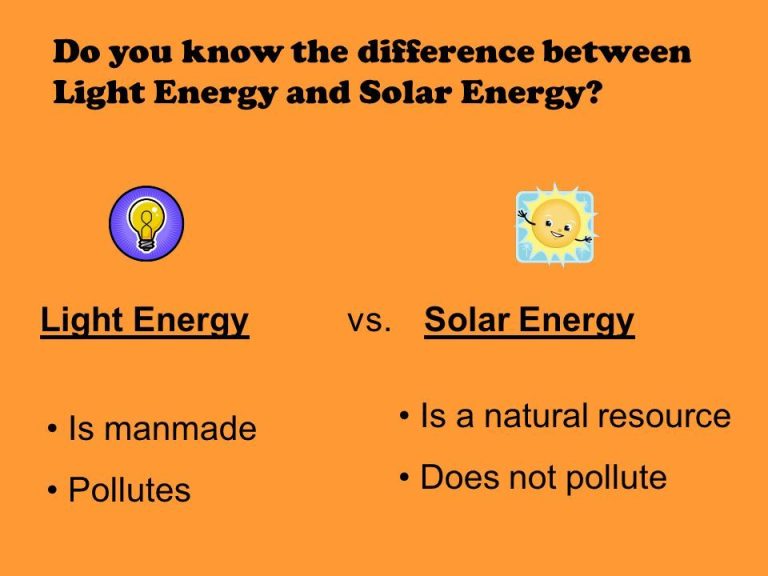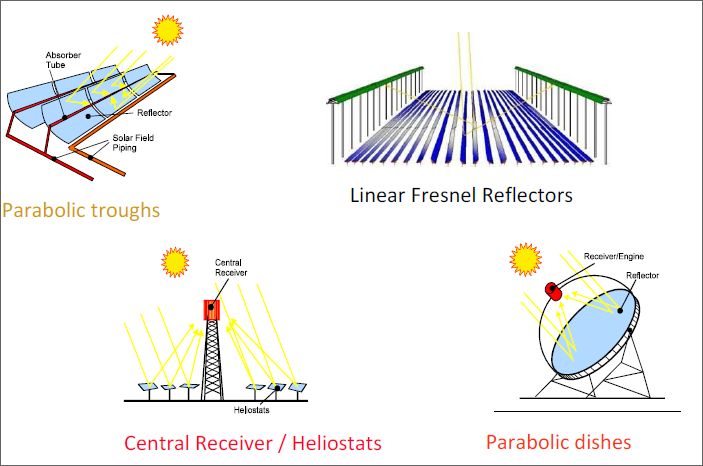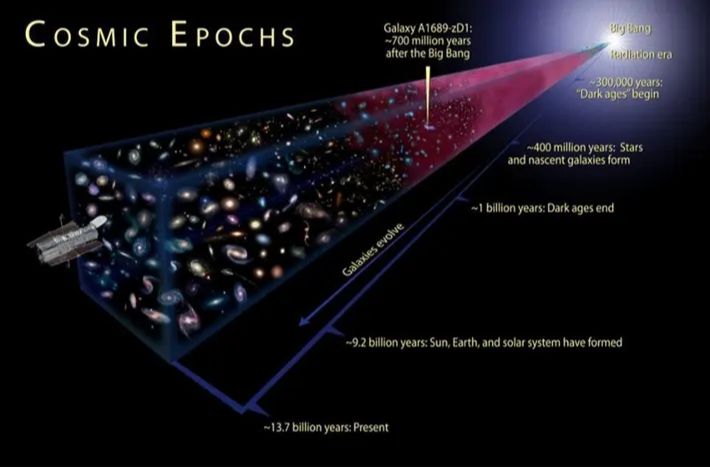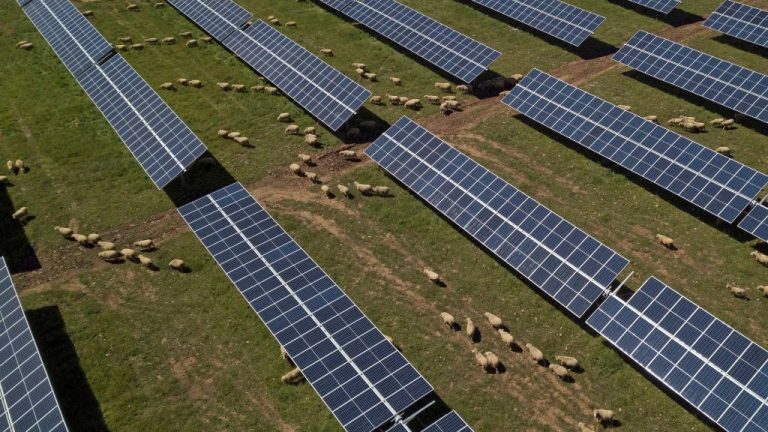Can Humans Harvest The Sun’S Energy Directly Like Plants?

Imagine if humans could capture the sun’s energy directly like plants do, and reduce our reliance on food for energy. The process of photosynthesis allows plants to convert sunlight into chemical energy, providing them with the fuel they need to grow and function. Is it possible that one day, humans may gain some aspects of this ability? While human photosynthesis may sound like pure science fiction, some emerging research suggests it’s not outside the realm of possibility.
Plants undergo photosynthesis using specialized cell structures called chloroplasts. Within chloroplasts, the green pigment chlorophyll captures sunlight and converts it into carbohydrates the plant can use for energy. Rather than seeking constant sustenance like humans, plants are autotrophic – able to synthesize what they need from light, carbon dioxide and water.
If humans could gain even a fraction of plants’ photosynthetic capabilities, it could potentially revolutionize how we generate energy and nourishment. While realizing the full process of photosynthesis in humans is likely implausible, scientists are exploring ingenious ways we may harness the sun’s energy in a more direct, efficient manner akin to plants.
Photosynthesis Overview
Photosynthesis is the process plants use to convert sunlight into chemical energy in the form of glucose. This process takes place in the chloroplasts of plant cells and involves chlorophyll, carbon dioxide, and water as the key ingredients.
Chlorophyll, the green pigment in plants, absorbs sunlight and excites electrons in chlorophyll in Photosystem II. The excited electrons get passed through an electron transport chain, which fuels the production of ATP. Meanwhile, Photosystem I absorbs sunlight to power the production of NADPH.
Carbon dioxide enters the chloroplast through pores called stomata and diffuses into the stroma. Water also diffuses into the chloroplast from the plant’s roots and leaves. The ATP and NADPH produced by the light reactions provide the energy for the Calvin cycle, where carbon fixation takes place.
In the Calvin cycle, CO2 reacts with an enzyme called RuBisCO and gets added onto a 5-carbon sugar called RuBP. This initial 6-carbon molecule splits into two 3-carbon molecules called 3-PGA. After being reduced to G3P using the energy carriers ATP and NADPH, some G3P gets made into glucose while the rest is recycled to regenerate RuBP. Oxygen gets released as a byproduct.
So in summary, plants use chlorophyll, CO2, and H2O to harvest sunlight energy and convert it into chemical bonds in glucose, releasing O2 in the process (Source).
Potential Routes for Humans
There are several ways that scientists are exploring to potentially allow humans to perform photosynthesis like plants. One possibility is modifying our bodies through bioengineering methods to give us the capability to utilize the sun’s energy.
One proposed approach is ingesting chlorophyll supplements. Chlorophyll is the pigment that gives plants their green color and allows them to absorb sunlight for photosynthesis. Some researchers think that taking chlorophyll supplements could potentially confer photosynthetic capabilities to humans, but this idea remains speculative (Source 1).
A more invasive possibility involves implanting chloroplasts, the plant cell components that carry out photosynthesis, into human cells. This approach was explored in a 2007 study where researchers isolated chloroplasts from algae and successfully got them to function within animal cells. However, there are major barriers to using it in humans including the immune system rejecting foreign chloroplasts (Source 2).
Looking further into the future, genetic engineering to give humans the ability to photosynthesize is another potential avenue. This could theoretically be done by inserting genes for chloroplast proteins or photosynthetic pigments like chlorophyll into the human genome. However, the extreme complexity of reprogramming our cells for photosynthesis means this may not be feasible anytime soon.
Chloroplast Implants
One potential route for humans to photosynthesize is through implanting chloroplasts directly into animal tissues. Recent research has made progress transplanting functional chloroplasts into animals. For example, a 2022 study implanted bioinspired scaffolds containing chloroplasts into mice with bone defects infected by bacteria (https://www.ncbi.nlm.nih.gov/pmc/articles/PMC9631053/). The implanted chloroplasts reduced inflammation and promoted bone regeneration in the presence of infection.
However, many challenges remain to make chloroplast implants fully functional in humans. The immune system may reject chloroplasts or attack them as foreign bodies. Also, chloroplasts require specific conditions to remain active, including the right temperature, pH levels, nutrients, and light exposure. Chloroplasts evolved to function inside plant cells, so they may not thrive when transplanted into the different environment inside animal tissues. More research is needed to genetically modify chloroplasts to avoid immune rejection and maintain photosynthetic activity inside the human body.
Chlorophyll Supplements
Chlorophyll supplements contain chlorophyllin, a semi-synthetic mixture of sodium copper salts derived from chlorophyll. Some claims have been made that chlorophyll supplements can allow humans to undergo photosynthesis like plants, but the evidence for this is lacking.
Proponents argue that because chlorophyll is vital for plants to absorb sunlight and convert it into energy through photosynthesis, supplemental forms like chlorophyllin may confer similar benefits. However, the mechanisms by which plants utilize chlorophyll are complex and involve organelles like chloroplasts which are not present in human cells.
While some studies show chlorophyllin may provide antioxidant effects and other health benefits, there is no scientific evidence it can stimulate photosynthesis in humans. The structure of chlorophyllin differs from natural chlorophyll, and it does not appear capable of harvesting sunlight or producing glucose the way chlorophyll does in plants.
Overall, chlorophyll supplements do not enable humans to derive energy from sunlight through photosynthesis. Chlorophyllin may offer some other advantages, but claims it can bestow plant-like energy harvesting to humans are unproven.
Genetic Modification Approaches
One potential way humans could gain the ability to photosynthesize is through genetic modification to produce chlorophyll in our cells. This prospect has generated excitement about the possibility of tapping into the sun’s energy like plants do. However, significant hurdles remain in terms of the feasibility and ethics of such an undertaking.
Researchers are exploring genetic engineering approaches to enable chloroplast function in human cells, such as modifying skin cells to produce chlorophyll for photosynthesis. However, according to one report, “Just adding chloroplasts or plastids to our cells won’t work, since our cells haven’t evolved the protein machinery to operate chloroplasts” (https://www.quora.com/Can-humans-be-genetically-modified-to-photosynthesise). More complex and extensive genetic changes would be needed to integrate chloroplast function into human cells.
Major ethical concerns also arise regarding the prospect of engineering fundamental metabolic processes like photosynthesis into our genomes. While the potential benefits are exciting, human genetic modification remains controversial and introduces risks that would need to be thoroughly evaluated. Any such undertaking would require extensive testing and regulation before being considered for trials in humans.
In summary, while genetic modification offers a potential path for chloroplast integration and photosynthesis in human cells, extensive advances in biotechnology would be required to make this possibility a reality. And the ethical issues surrounding such a transition would need to be carefully weighed given the profound implications of fundamentally altering human metabolism.
Other Emerging Research
In addition to chloroplast implants and genetic modification, scientists are exploring other novel ways that humans could potentially perform photosynthesis. One avenue involves using synthetic biology to try to integrate chloroplasts and photosystems into human cells. Researchers at UC Berkeley have been able to integrate spinach photosystems into E. coli bacteria, allowing the bacteria to convert sunlight into energy molecules. While directly integrating chloroplasts into human cells poses many challenges, this research demonstrates the possibilities of synthetic biology approaches.1
Some researchers are also investigating the potential of photosensitive nanoparticles or molecular dyes that could be introduced into cells and capture light energy. Early research has shown some success using nanoparticles in this way in microbial fuel cells.2 If such nanoparticles could be safely integrated into human cells, it may enable a form of artificial photosynthesis. However, many hurdles remain in developing biocompatible nanoparticles that can efficiently harvest light energy within the complex environment of the human body.
While significant barriers exist, the variety of emerging research directions show the potential for innovative bioengineering solutions that could someday allow a form of human photosynthesis. Continued progress will rely on interdisciplinary collaboration between fields like synthetic biology, nanotechnology, and bioengineering.
Benefits if Achievable
If humans could somehow directly utilize photosynthesis like plants, there could be significant benefits. One major advantage would be less reliance on consuming and digesting food for energy. Through photosynthesis, people could get some or all of their energy needs directly from sunlight, similar to how plants absorb light and convert it into chemical energy (OregonForests). This could greatly reduce the amount of food humans would need to eat to survive. Additionally, photosynthesis provides a clean, renewable energy source. Rather than relying on fossil fuels that pollute the environment, humans could get energy directly from the sun – a limitless, green resource. Directly benefiting from photosynthesis could allow people to tap into solar energy and reduce their carbon footprint. Overall, gaining the ability to perform photosynthesis could allow humans to supplement or replace traditional food-based energy sources with a sustainable, clean approach (National Geographic Education).
Risks and Challenges
While the prospect of human photosynthesis is exciting, there are risks and challenges that must be addressed before it becomes a widespread reality.
One major area of concern is biological compatibility. Introducing chloroplasts or altering genetics to allow photosynthesis could result in immune rejection, unintended side effects, or unpredictable interactions with native biology (1). Significant testing would be needed to evaluate safety.
There are also ethical considerations around genetic modification to enable photosynthesis. While the benefits could be substantial, making such fundamental changes to human biology raises complex moral questions that would need to be thoroughly explored (2).
Finally, the practicality and efficiency of human photosynthesis remains unproven. Even if biologically feasible, the amount of energy generated may not justify the challenges involved. More research is needed to determine whether usable sunlight could actually be captured and converted at sufficient levels by the human body (3).
In summary, while an exciting area of research, human photosynthesis faces hurdles in biological compatibility, ethical considerations, and practical efficiency that would need to be resolved before bringing this technology to fruition.
(1) https://www.ncbi.nlm.nih.gov/pmc/articles/PMC7573207/
(2) https://pubmed.ncbi.nlm.nih.gov/31267880/
(3) https://www.scirp.org/html/11-1420208_38760.htm
Conclusion
Based on the current research, it seems unlikely that humans will be able to fully replicate photosynthesis and live off sunlight alone anytime in the near future. While there has been promising progress with introducing some components of photosynthesis like chloroplasts or chlorophyll, significant hurdles remain. More research is needed to understand if these methods can be safely integrated into the human body and provide meaningful energy benefits without side effects. Realistically, the most promising avenue may be pursuing bioengineering and genetic modification to incorporate select parts of the photosynthetic process.
In the coming decades, we may see the emergence of technologies that allow us to partially supplement our energy needs through sunlight, such as solar cells implanted under the skin. However, fully replicating the complex, elegant photosynthetic processes of plants in human biology poses an enormous challenge. While an inspiring vision, the dream of humans living off sunlight alone remains more science fiction than imminent reality. Nonetheless, researchers should continue exploring innovative ways we might harness the sun’s energy. At minimum, these efforts will lead to a deeper appreciation of the wonders of photosynthesis and novel bioengineering advances.





